Founded in 1870 as the first psychiatric institution in the United States exclusively for African-Americans, its opening influenced other states to develop services for blacks afflicted by mental illness. It was not until the passage of the Civil Rights Act of 1964 that the state-operated facility was desegregated. Since 1968, the state hospital has admitted patients of all races and nationalities. In the 1880s, a 300-acre farm was purchased on the outskirts of town and donated to the state to enlarge the asylum. Upon its opening in March 1885, several hundred patients were transferred from asylums in other parts of the state as well as from local jails. The newly built hospital consisted of a four-story administration building flanked on either side by a three-story wing containing six wards. The following year, the patient population was over 400 and steadily growing, with a waiting list of 100 incoming admissions.
During the 1890s, early institutional history notes that treatment at the asylum was humane. However, routine practices included seclusion, the use of mechanical restraints, and the administering of hypnotics. An emphasis was placed on the value of work and the benefits of recreation. Patients worked hundreds of acres of farmland that allowed the asylum to become self-sustaining. Peanuts, wheat, okra, watermelon, pumpkins, radishes, turkey, and milk were just some of the foods grown. In an attempt to inspire a more positive image of the institution, and mental health in general, the facility was renamed from a ‘lunatic asylum’ to a ‘state hospital’.
After the initial construction in the 1880s, additional tracts of land were purchased and new buildings were constructed regularly as the patient population increased. By the early 20th century, the asylum had grown to become its own town, with over 500 acres and more than 80 buildings. Women and men were housed separately. Each building was designed to accommodate patients by their diagnosis and conditions. Patients were assigned to wards for the acute, chronic, demented, tubercular, epileptic, criminal and suicidal. The bedridden and chronically-ill were placed on the upper floors so that they were undisturbed by outpatient and ambulatory services.
By the mid-20th century, the institution faced severe overcrowding, with close to 5,000 patients. A 1950 official report noted that one ward housed more than 300 patients in a large room. Patients were sleeping on the floor in some of the most dangerous wards. In an attempt to ease the overcrowding and house patients more comfortably, more buildings were built throughout the 1950s and 1960s including a geriatric unit and a maximum security forensic unit. In 1980, an investigative reporter uncovered that roughly 1,700 patients had been sterilized without their consent between 1924 and 1973 at the state hospital. According to official records, a mass sterilization program was put in place by asylum doctors in 1924 after the state signed the Eugenical Sterilization Act into law. The program was designed to eliminate social misfits and to promote genetic purity of the white American race. Both men and women were included in the program, roughly 20% were African-American. State records list among those sterilized were people considered “feeble-minded” and “antisocial” as well as unwed mothers, prostitutes, petty criminals, and children with disciplinary problems. With the help of the American Civil Liberties Union, a class-action lawsuit was filed requiring the state to notify every patient sterilized and to pay for operations to reverse the procedure.
In the 1990s, the Department of Justice investigated the hospital after complaints of patient mistreatment including whether the hospital violated a federal law barring excessive use of restraints. After a two-year investigation, the DOJ concluded that inadequate care had caused patient abuse and deaths. Some patients were placed in restraints for simply talking back to staff, others were placed in restraints for as long as four days at a time. One patient died after spending over 400 hours in restraints in a month. In response, the hospital reduced the number of hours patients could be in restraints from 1,100 to 102 per month.
For decades, the belief of our society was to treat mental illness by institutionalizing people. People with mental illness were crowded into large institutions and were managed instead of receiving treatment. Like other state hospitals, history shows long-term commitments were common here for those deemed to have an ‘unsound mind.’ Yet, as advancements were made in medications and community services, the state-operated institutions became a place were people can and do recover from mental illness.
Today, the dilapidated state hospital remains partially-active and still houses those deemed criminally insane. It’s oldest buildings are abandoned and covered in ivy. State leaders say the newer ones, built decades ago, need to be abandoned as well. After a state law was passed in 2014, state hospitals became required to take in patients dealing with a mental health crisis if the judge gives a temporary detention order, so the patient could not be turned away. State officials have proposed a budget amendment to rebuild the facility so that is just one building with more beds and double the amount of staff. A new hospital is expected to cost more than $300 million and may take five years to complete.
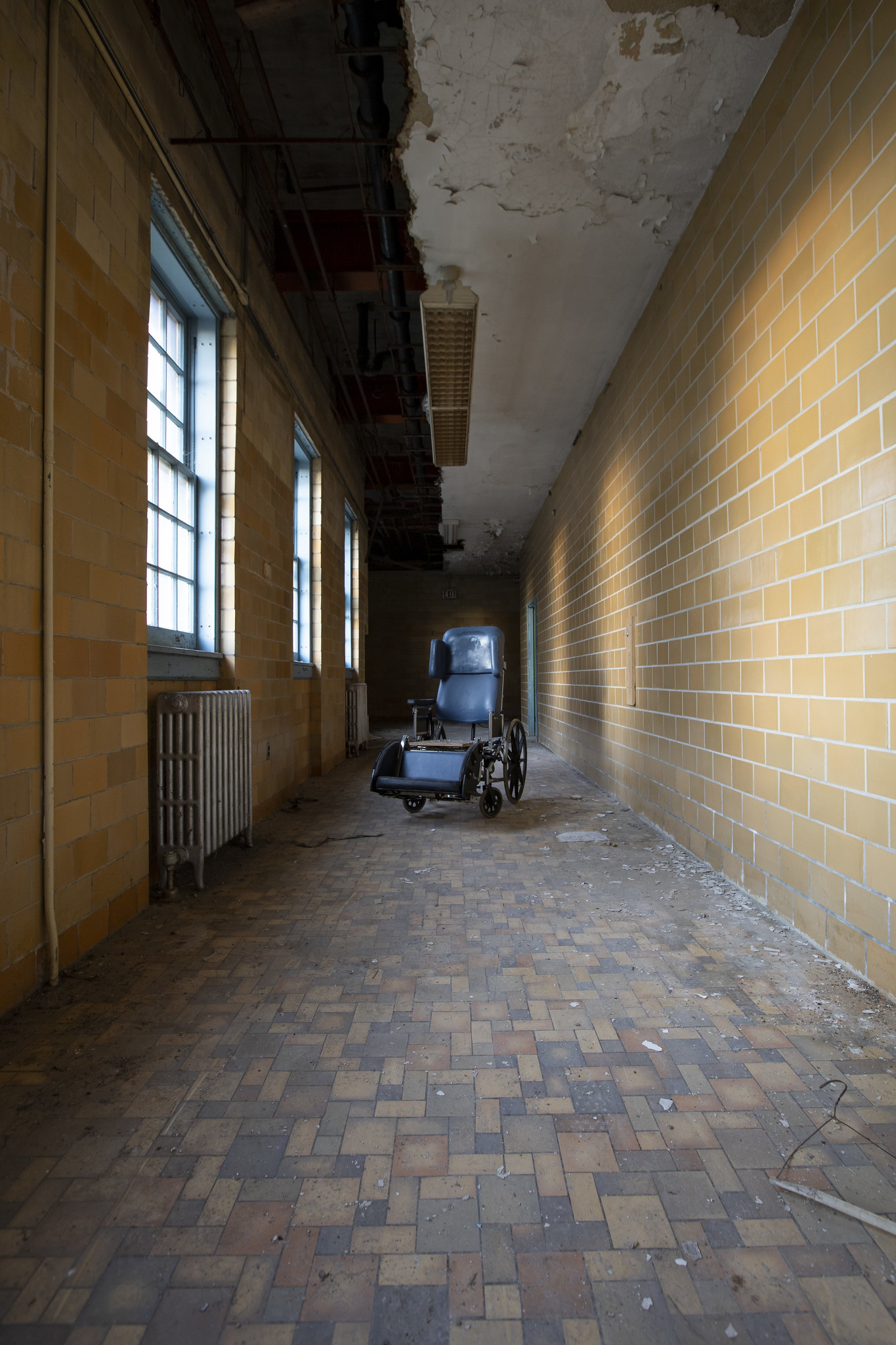
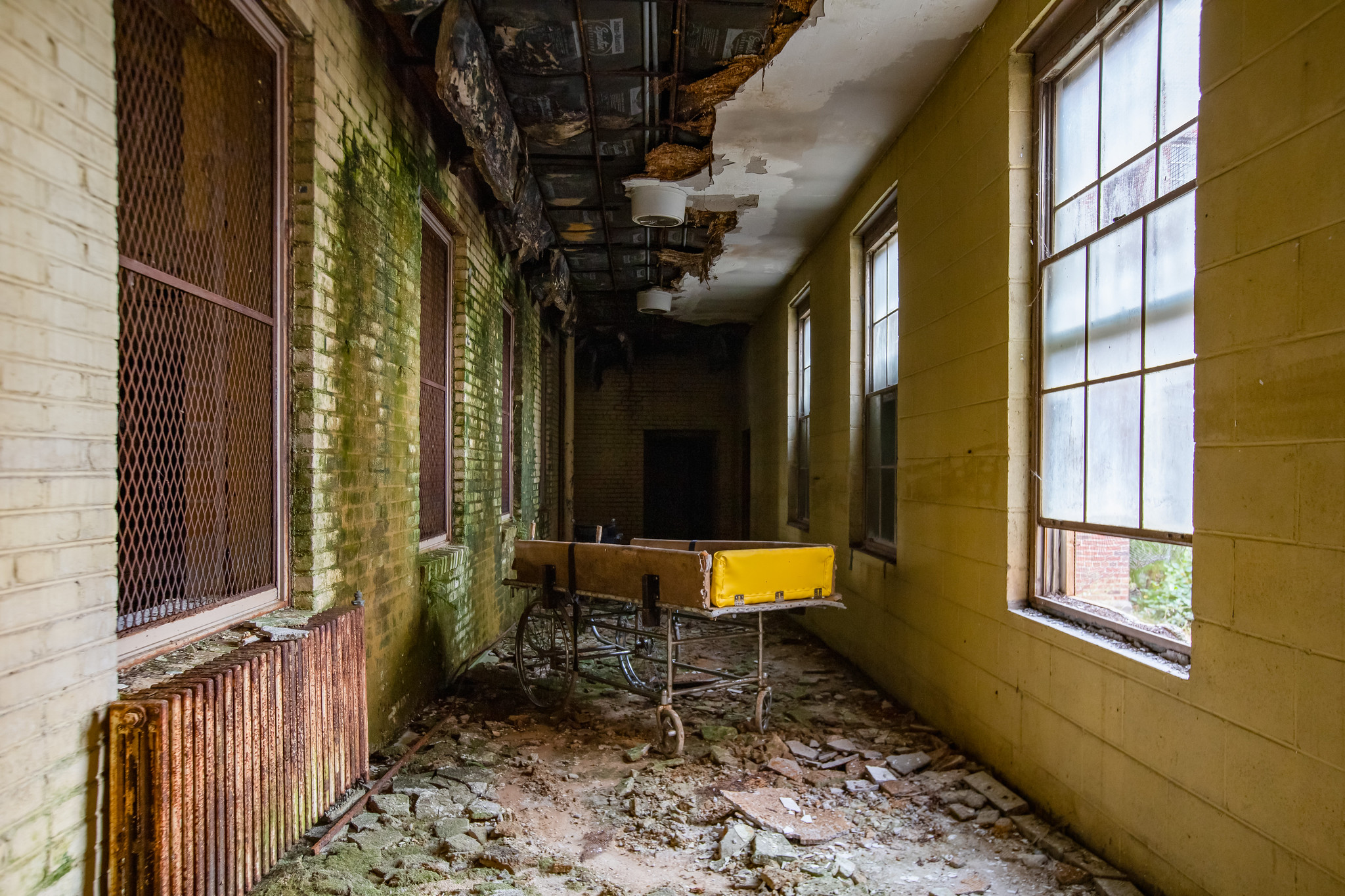



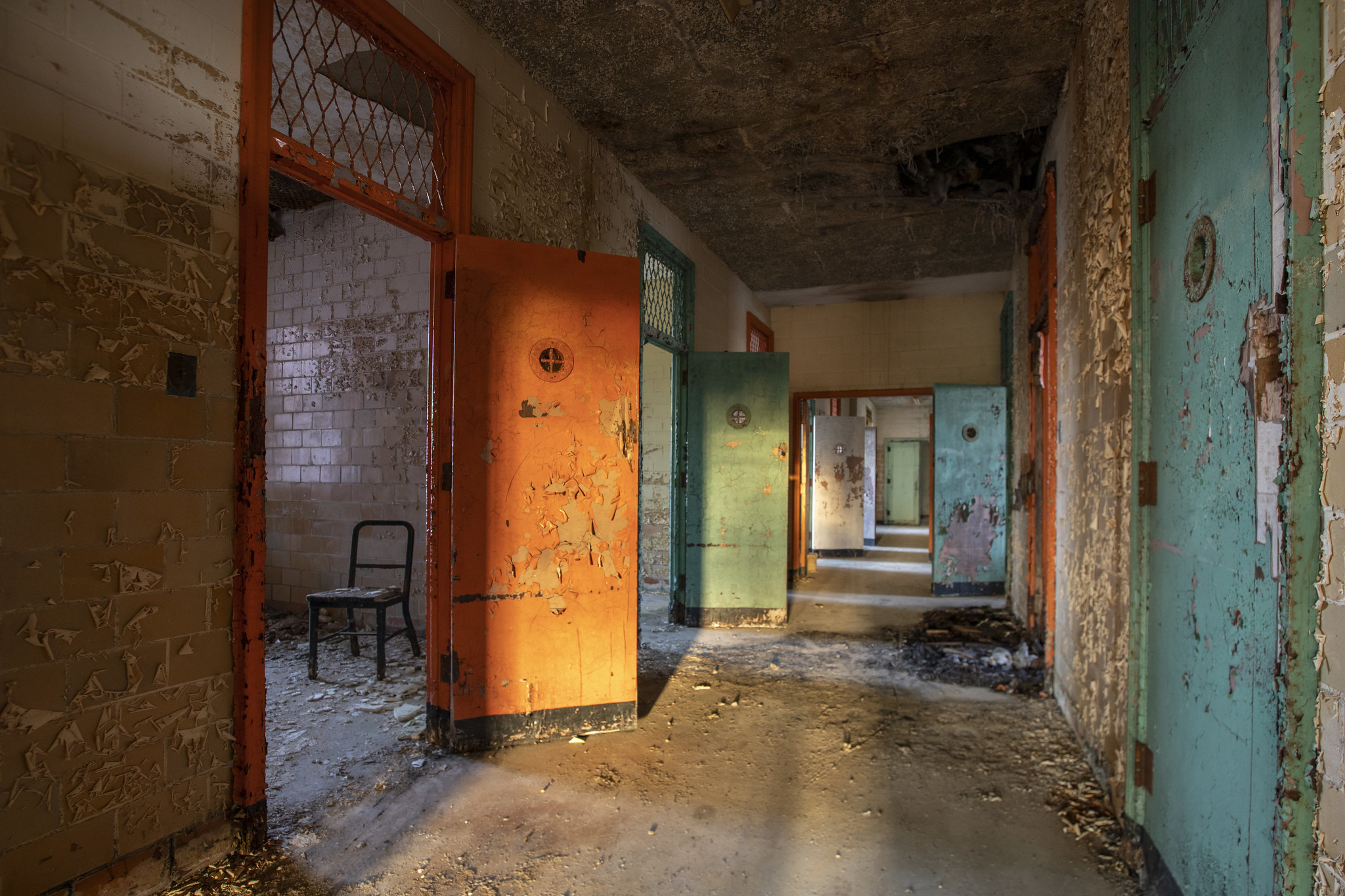

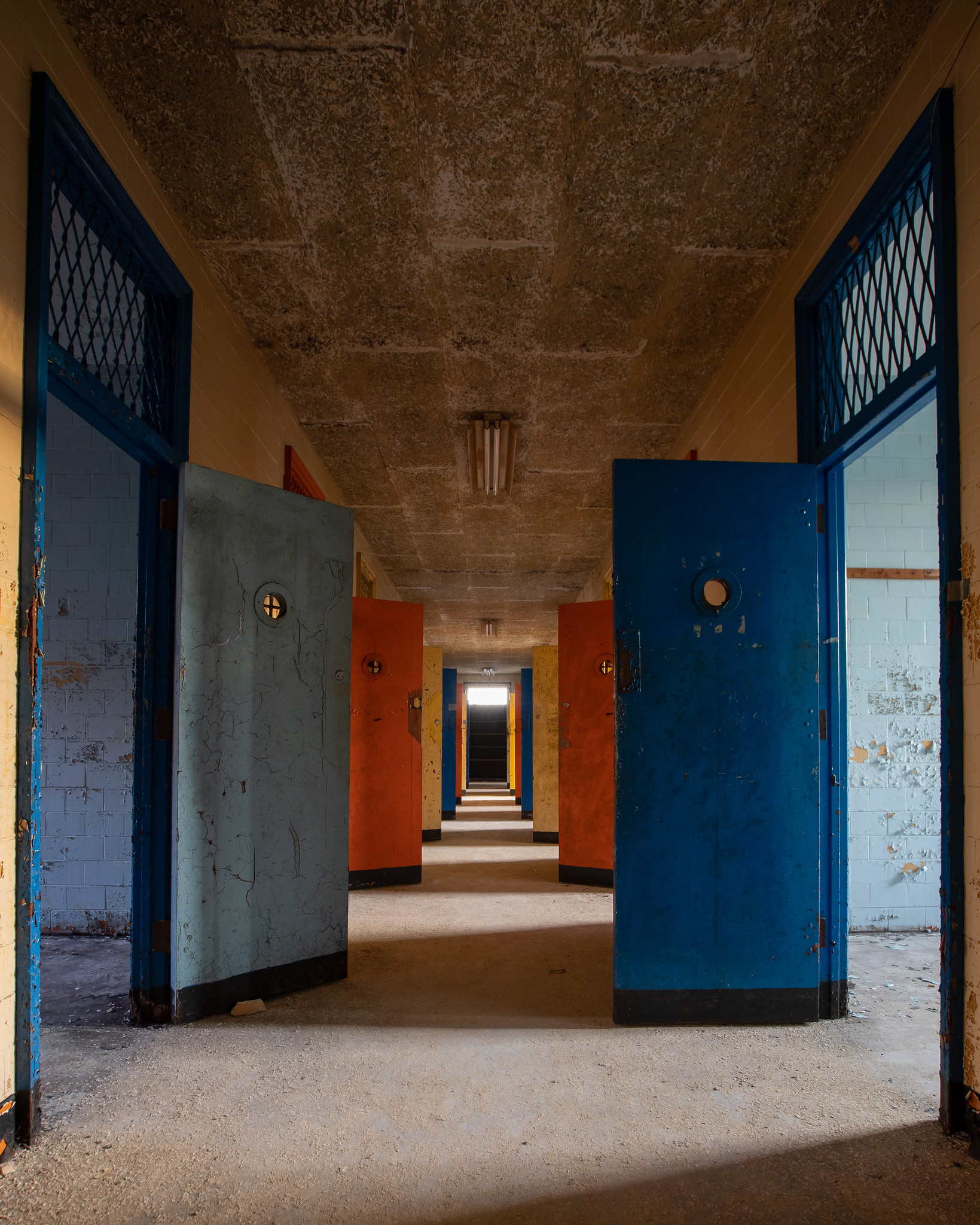
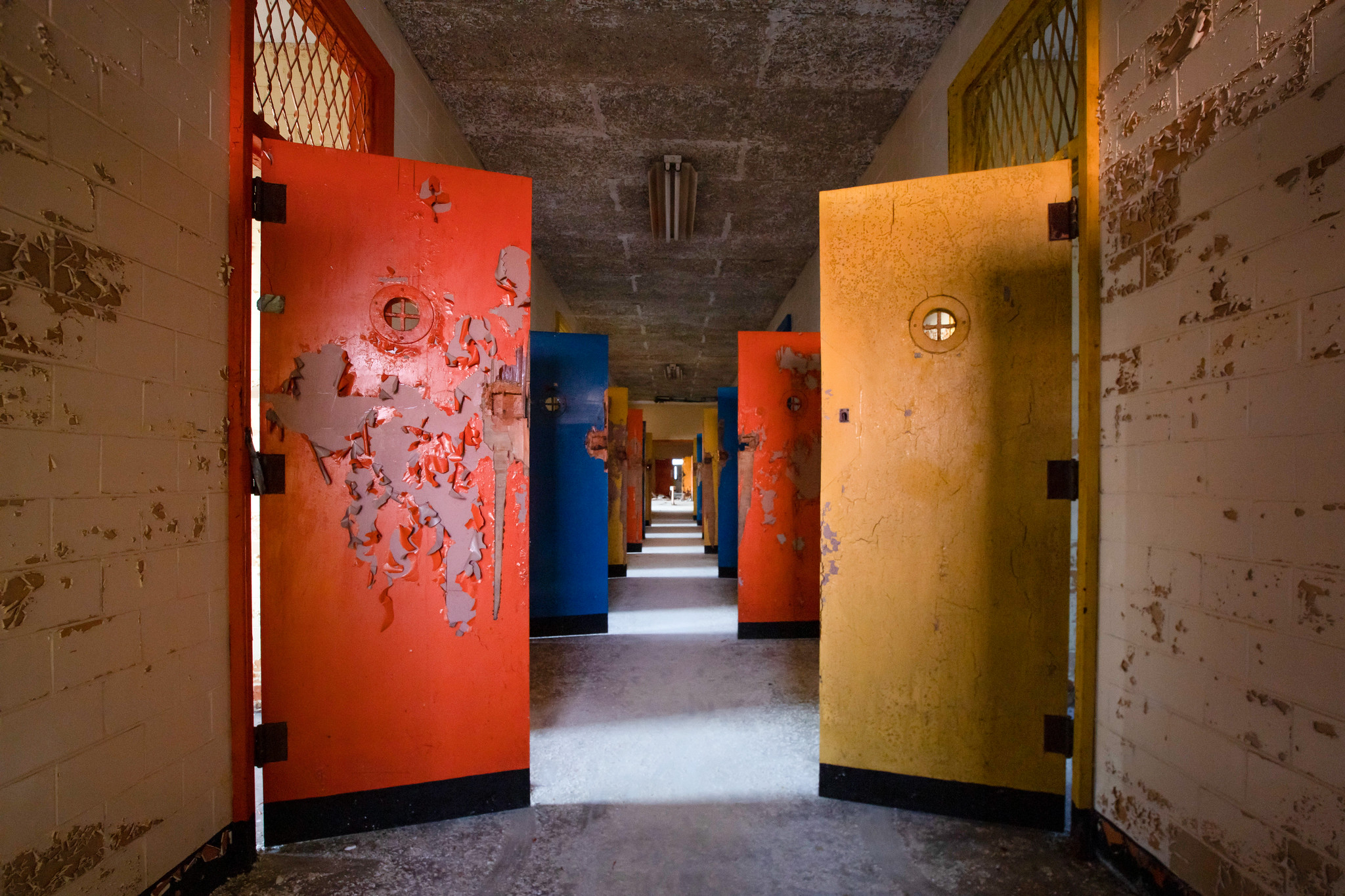
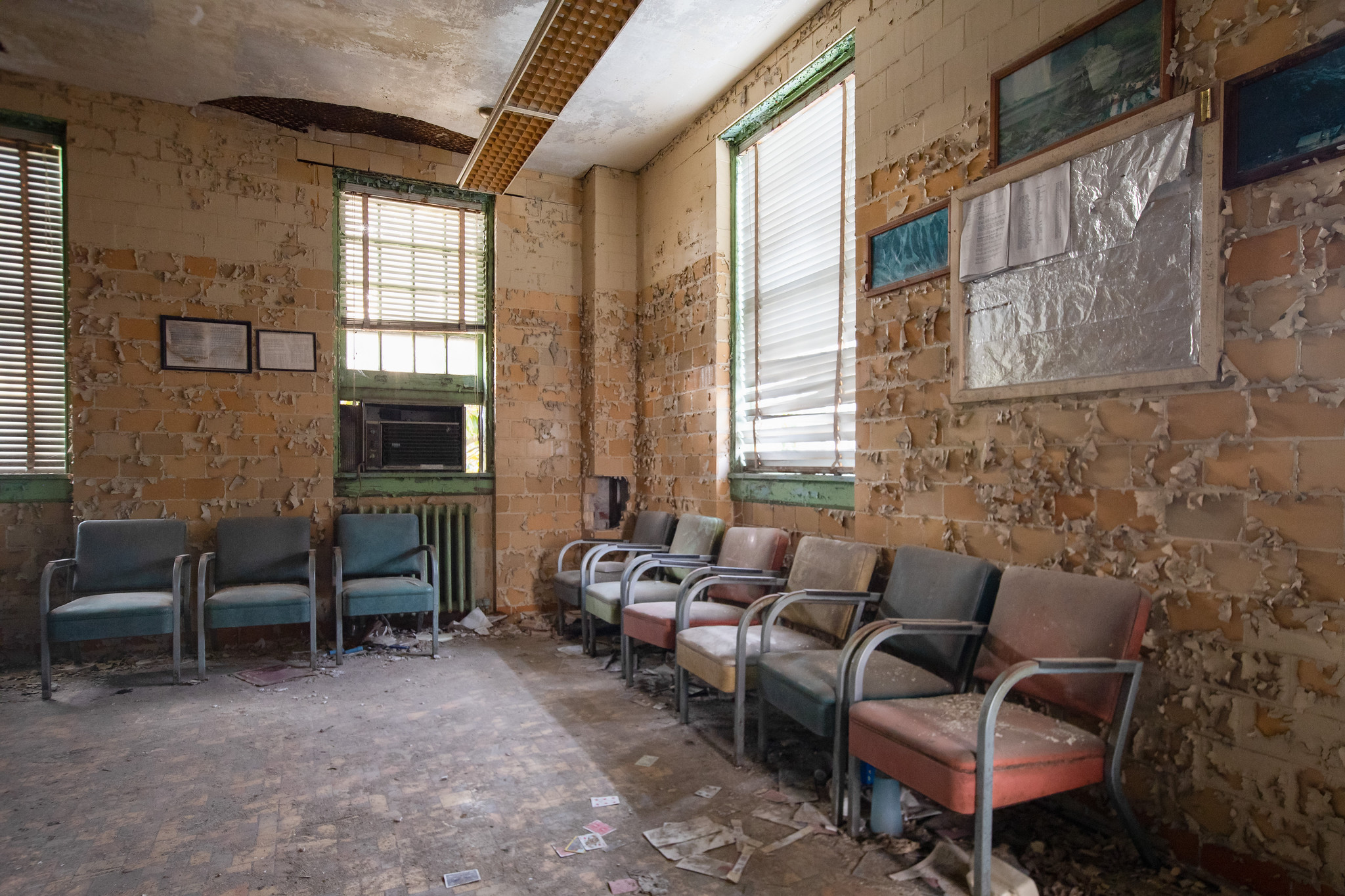
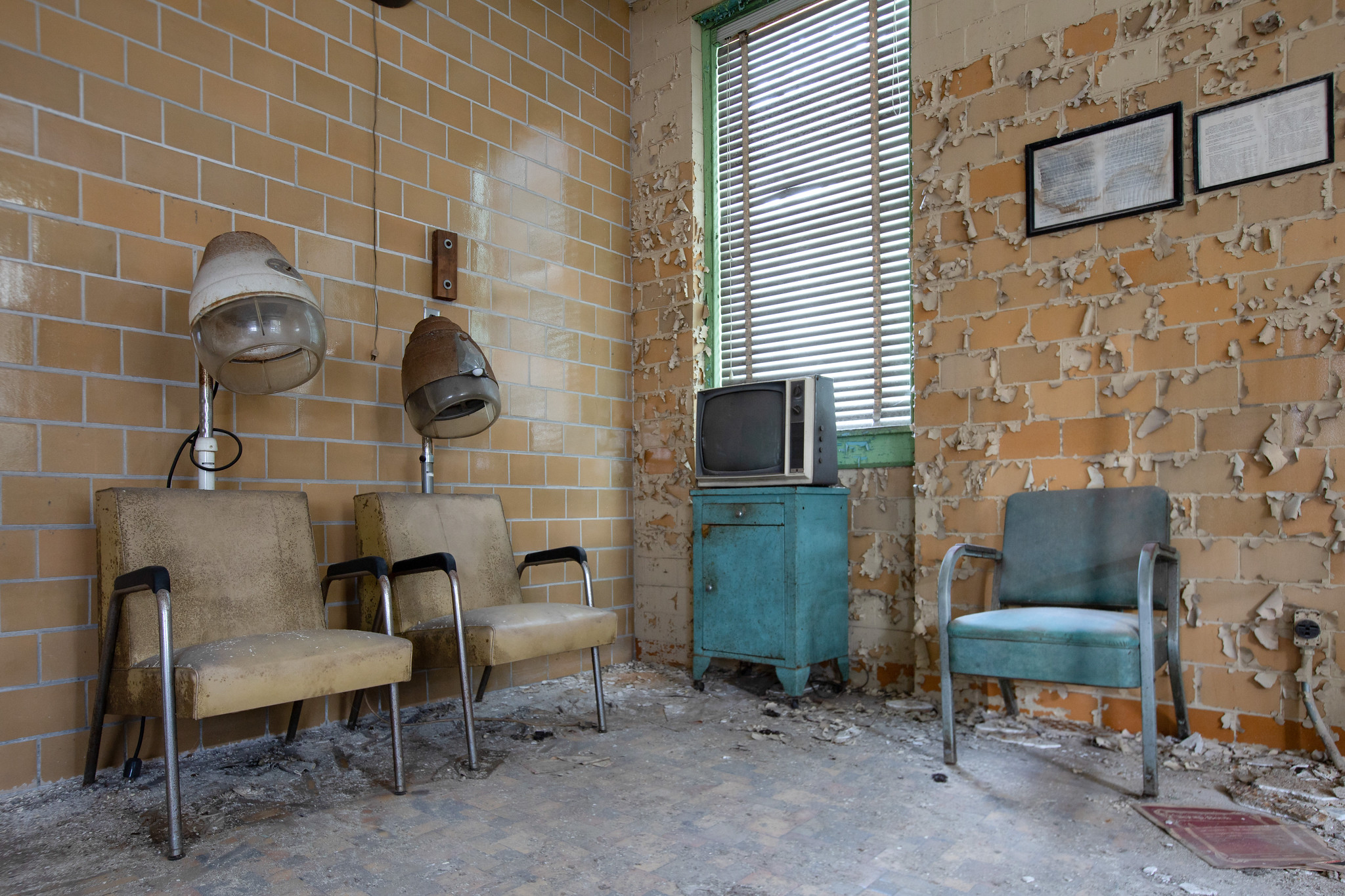

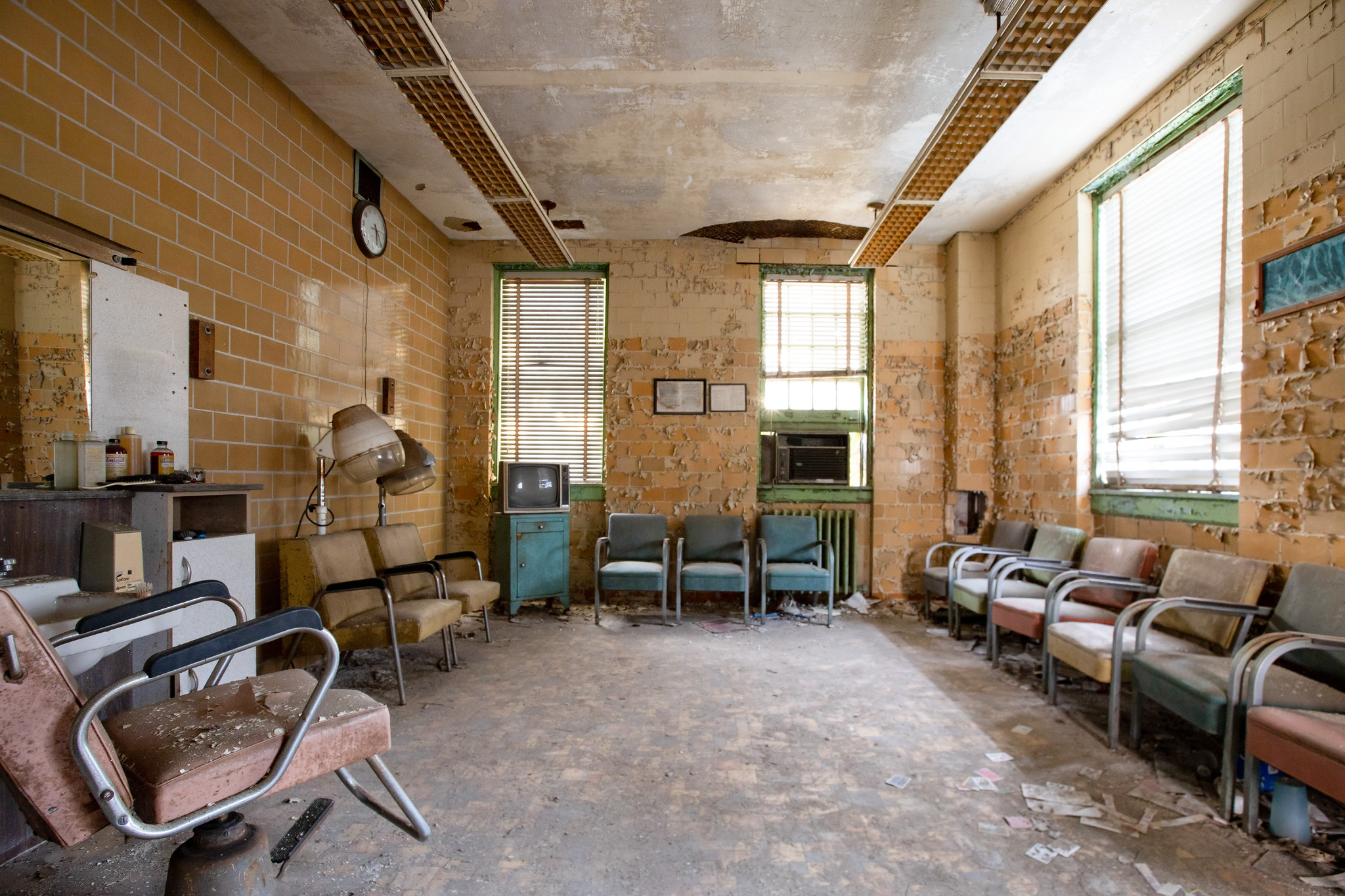
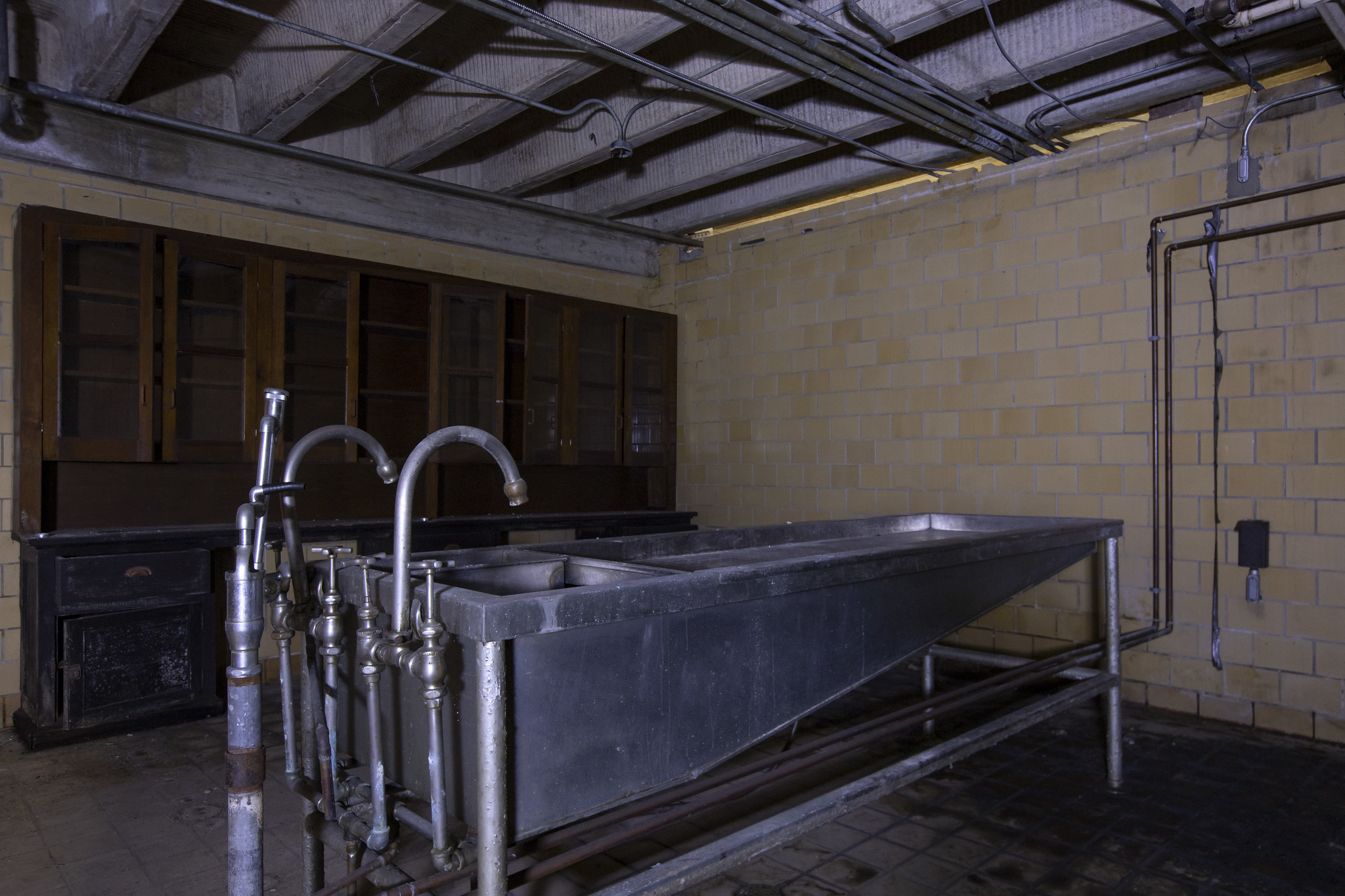

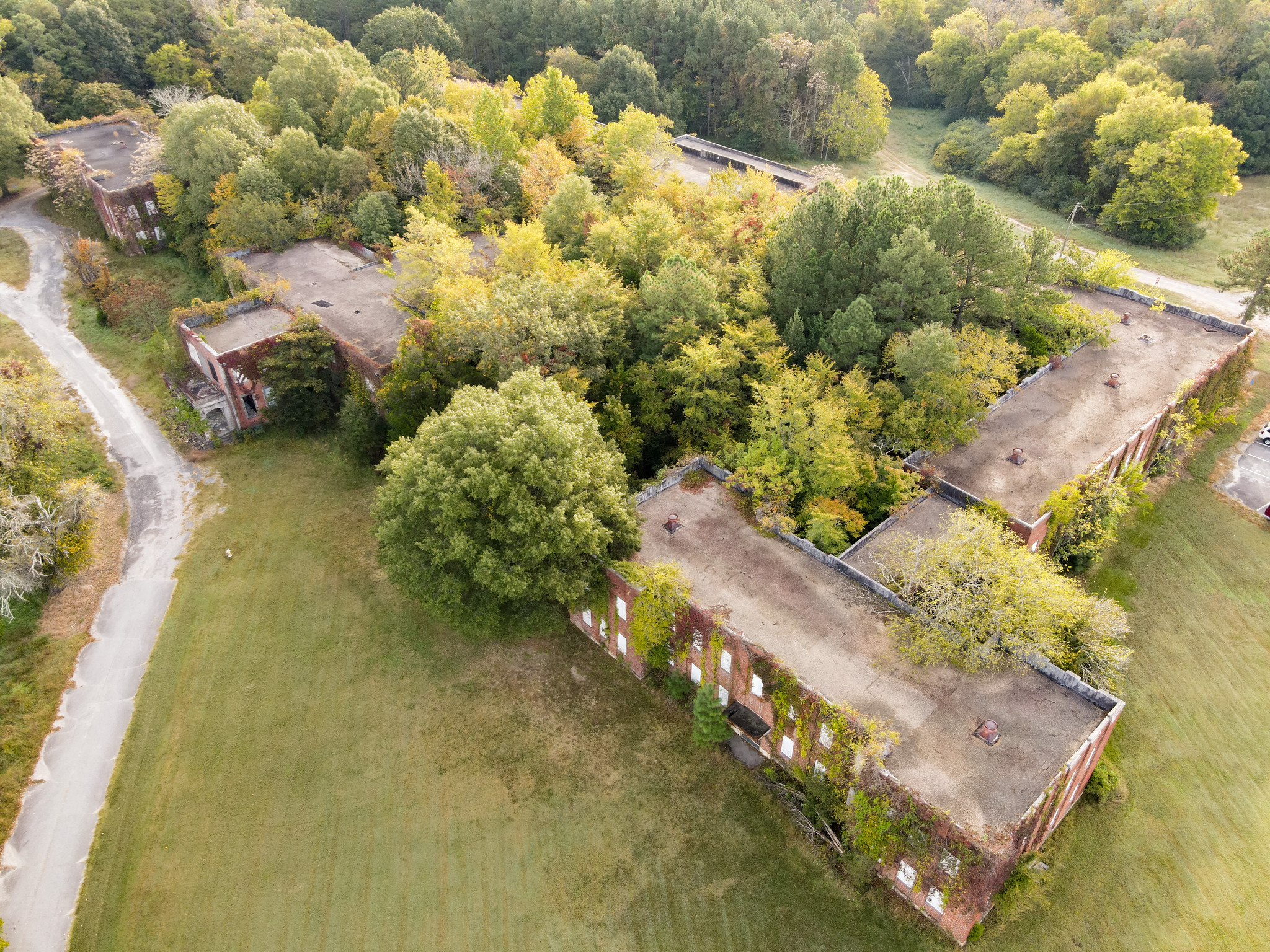


Thank you for reading. I appreciate your support. Please share the blog with your friends.
If you would like to receive the Abandoned Southeast blog in your email, you can sign up below. Also, check out my books that are available through Amazon. You can find me on Facebook, Instagram, Twitter, and TikTok.


Good article and pics…where is this located??
LikeLike
There is a hint in the story..
LikeLike
check the 6th paragraph down for the hint;)
LikeLike
Wow – interesting story for all the wrong reasons. We can’t begin to imagine what it was actually like to be a “patient” there.
Nice presentation.
LikeLike
Bravo! Very well written…and the photos….wonderful, wonderful shots!
I look forward to each of your posts and photos. Your work inspires me.
Again, Bravo!
LikeLike
Interesting story but as has been on several previous occasions, there is no location mentioned.
LikeLike
Kinda late but I did some research it’s old Bryce hospital in Alabama
LikeLike
For real?? I had no idea even what state it was in. Just referred to as state hospital but no clue as to what state.
LikeLike
Based on the comment about the 2014 law requiring state hospitals to take people under a temporary detention order, I’m pretty sure these buildings are part of Central State Hospital (CSH) in Petersburg, VA. CSH began its life in 1870 as the Central Lunatic Asylum for the Colored Insane, which was the first-ever psychiatric hospital for Black folks. The rest of the history offered in this piece tracks to it being CSH.
LikeLike
I’m pretty sure he’s said this on said previous occasions, but he’s not required to give you the location and often doesn’t because he’s protecting the property. Just because they allowed a professional photographer with a successful blog to photograph the place doesn’t mean they want anyone and everyone trespassing.
LikeLike
great pictures .they stll exist
LikeLike